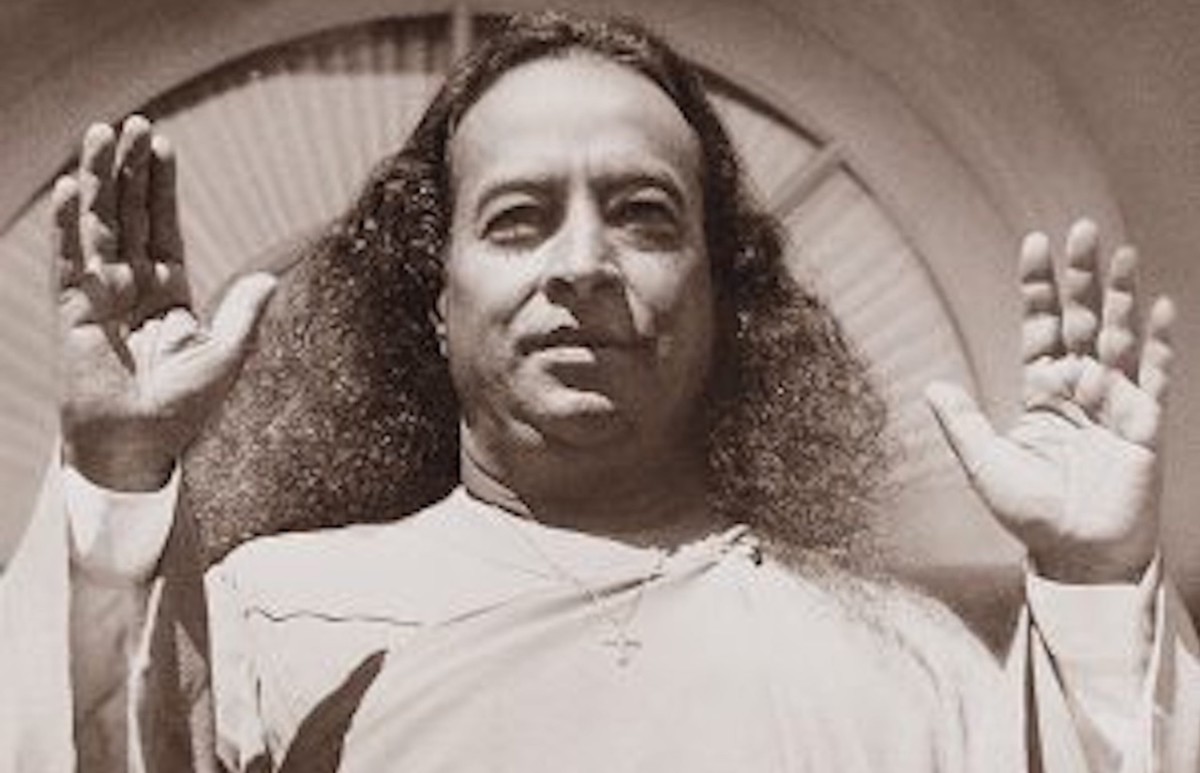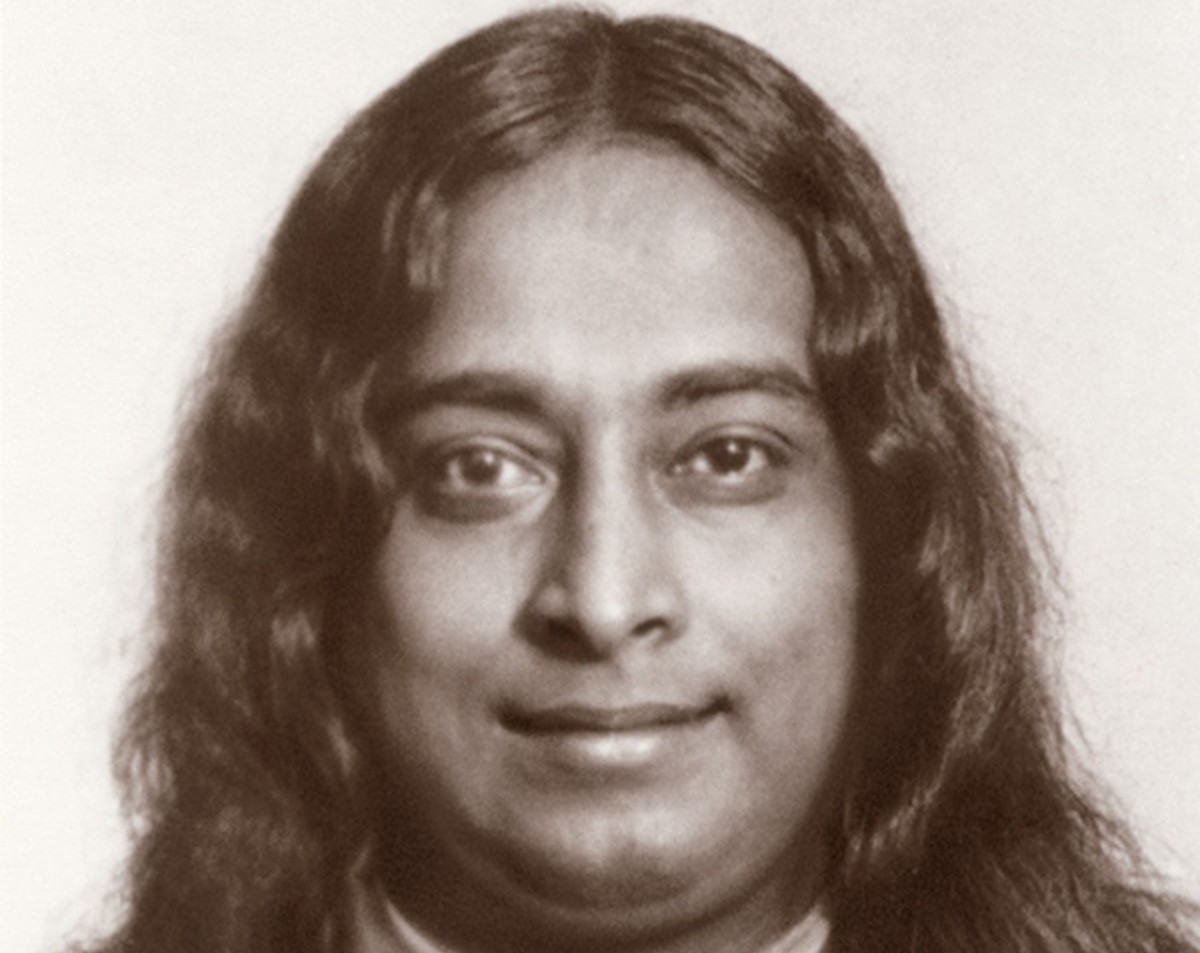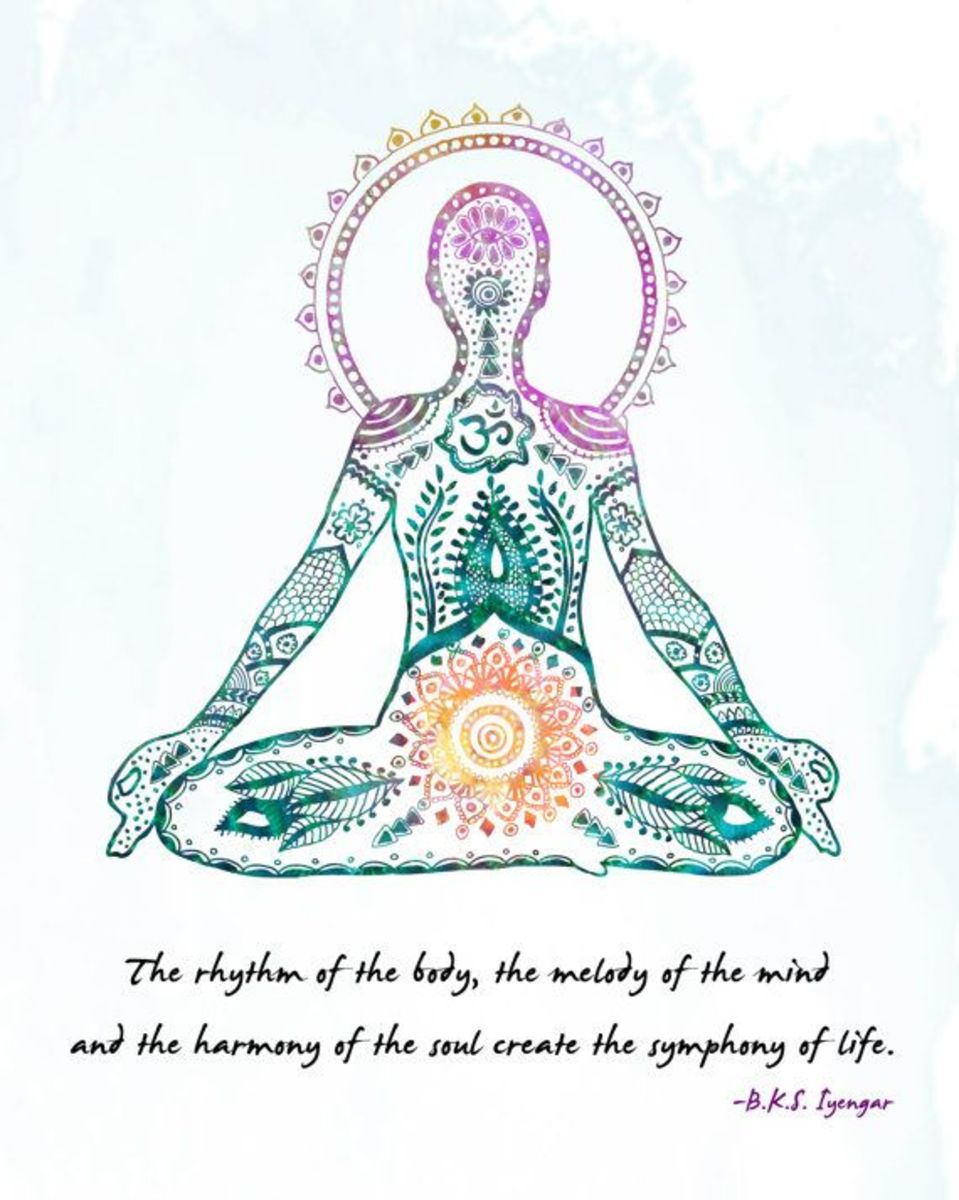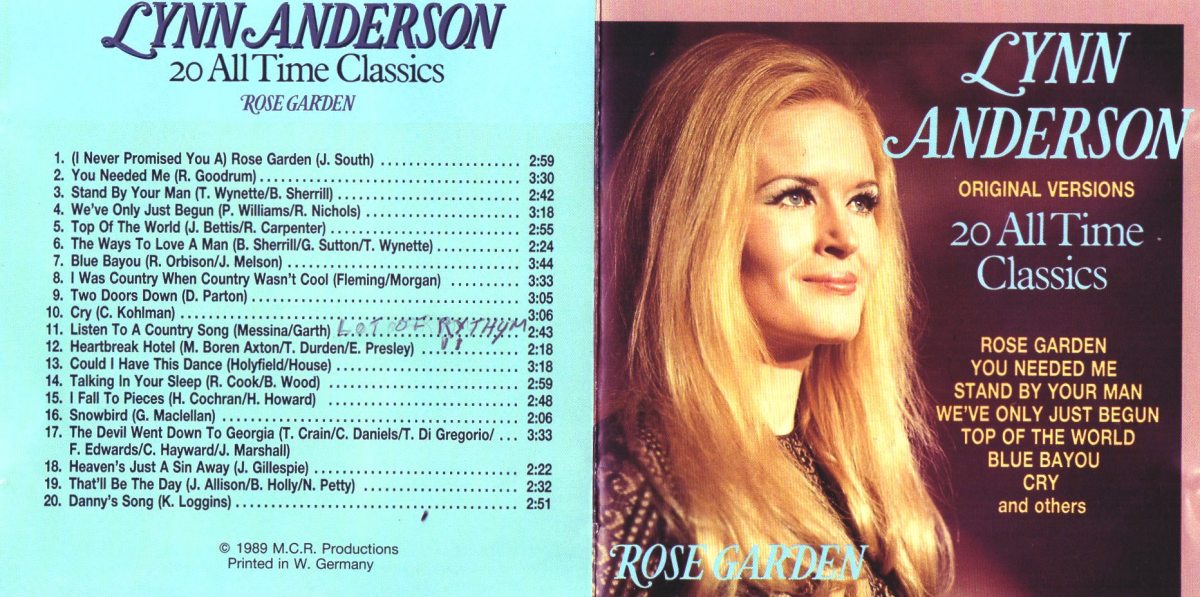Paramahansa Yogananda's "The Tattered Dress"

Introduction and Excerpt from "The Tattered Dress"
Many times in his writings the great yogi/poet Paramahansa Yogananda has likened death to the act of changing clothing. The soul's leaving the body is like the body shedding a ragged old coat or worn-out dress and putting on a brand new one.
In Paramahansa Yogananda's nine-line poem, "The Tattered Dress," the speaker refers metaphorically to the physical body as a garment of clothing, a "dress." The old worn body is like a dress that is ragged and torn, rendering it a "tattered dress."
But the main thrust of this brief poem is the act that removes the ragged clothing and replaces it with a fine new radiant gown that reflects the beauty of the Divine's highest elements: that act is the act of dying.
Instead of mundanely saying something akin to 'when you die, your soul simply exchanges its physical body for a new astral body of light,' the speaker has created a little drama.
In that drama, he watches as Spirit using death as a tool with magic hands quickly pulls the soul from its tattered dress and places it into a "soul-sheen habiliment" or a "newly given robe"—a new dress that reflects the light of heaven.
Excerpt from "The Tattered Dress"
I see Thy magic Hands of death
Snatch away in stealth
And change the tattered dress —
(Please Note: To read the 1923 version of this poem, please visit "The Tattered Dress." The final revision of this poem appears in Paramahansa Yogananda's Songs of the Soul, published by Self-Realization Fellowship, Los Angeles, CA, 1983 and 2014 printings. A slightly different version of this commentary appears in my publication titled Commentaries on Paramahansa Yogananda’s Songs of the Soul.)
Commentary on "The Tattered Dress"
A clothing metaphor is employed to describe the relationship between the physical encasement and the metaphysical soul. After death, the soul engages in the process of exchanging one old tattered dress for a fresh new one.
First Movement: Personifying Death
The speaker begins his little profound drama by reporting what he has seen: he personifies death, giving death "magic hands" and those hands act to pull the tattered garment off of the individual.
Death does this "in stealth" as only the most advanced yogi would be able to see that a soul is withdrawing from the physical body. Ordinary human consciousness remains incapable of detecting this momentous occurrence.
Second Movement: The Over-Importance of the Physical Encasement
The speaker refers to the physical encasement or body as the "tattered dress," which the unenlightened individual, that is, the soul-unrealized individual, is wont to desire to retain. People are so fond of the body that they hug to it, giving it more importance than it deserves.
Those blinded by the physical world become so attached to only what they see that they see only the unreal, and remain blind to the spiritual reality. Those on the spiritual path, however, crave a change of mind-set, allowing transcendence from the physical.
The materially blind cannot experience the "soul-sheen" garment of the astral world. Ordinary consciousness functions blindly in the realm of the reality of the higher consciousness. Ordinary consciousness requires retraining to experience complete calmness to be able to sense higher states of being.
Third Movement: A Boost for the Next Karmic Journey
But despite that blind attachment to the physical encasement, all souls are given a new robe, a new body in which to play out their karma. Each soul is eternal and never ending. The physical body "dies," but the soul does not.
On the astral level, the soul inhabits a glowing body of light, "That shines with th' empyrean beauties" of God's creation. The astral level of being allows the soul a respite, a chance to leave old worries behind before continuing the journey to the Divine Goal.
Thus at death, the soul simply leaves the worn-out physical body behind, inhabits an astral body for a time, then returns to Earth—or to whatever location his karma requires—in a new fresh body, a new dress, to continue its journey back to the Divine Reality.
Of course, the karma of the soul remains to be worked out the next life, but possessing a fresh body, a brand-new dress to wear, and a refreshed mind serves as a boost for the continuing trek to heaven.

Related Paramahansa Yogananda Information
- Life Sketch of Paramahansa Yogananda: Father of Yoga in the West Paramahansa Yogananda is the monastic name of Mukunda Lal Ghosh. The sources for this brief life sketch of Paramahansa Yogananda are his Autobiography of a Yogi and the official Self-Realization Fellowship website.
Commentaries on Paramahansa Yogananda Poems
- Paramahansa Yogananda’s "Consecration" In the poem titled "Consecration," which opens Paramahansa Yogananda’s collection of spiritual poetry "Songs of the Soul," the speaker humbly consecrates his works to the Divine Creator. He also lovingly dedicates the collection to his earthly father.
- Paramahansa Yogananda's "The Garden of the New Year" In "The Garden of the New Year," the speaker celebrates the prospect of looking forward with enthusiastic preparation to live "life ideally!"
- Paramahansa Yogananda's "My Soul Is Marching On" This inspirational poem,"My Soul Is Marching On," offers a refrain which devotees can chant and feel uplifted in times of lagging interest or the dreaded spiritual dryness.
- Paramahansa Yogananda’s "When Will He Come?" How to stay motivated in pursuing the spiritual path remains a challenge. This poem, "When Will He Come?," dramatizes the key to meeting this spiritual challenge.
- Paramahansa Yogananda’s "Vanishing Bubbles" Worldly things are like bubbles in the sea; they mysteriously appear, prance around for a brief moment, and then are gone. This speaker dramatizes the bubbles’ brief sojourn but also reveals the solution for the minds and hearts left grieving for those natural phenomena that have vanished like those bubbles.
This content is accurate and true to the best of the author’s knowledge and is not meant to substitute for formal and individualized advice from a qualified professional.
© 2025 Linda Sue Grimes






